What is data and big data mining? An easy guide
You have a lot of data, but how do you find the right data to make a business decision?
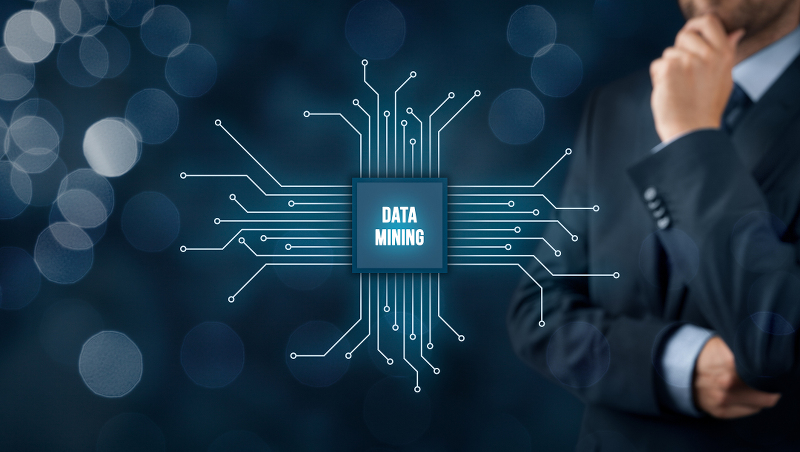

Data. Our modern world could not function without it. It powers everything around us and impacts our daily lives. Data is also essential to make important business decisions.
Such decisions are made based in insights gained from information. These decisions are either taken by humans or as part of an automated process. Information is acquired from several sources, such as from customers, from market data, and then used to figure out the best course of action for marketing, supply chain logistics, or manufacturing processes.
Data makes many modern organisations more competitive and successful. Data also helps a lot in making businesses more adaptable to our ever-changing world.
However, raw data may not be much use to anyone without analysis and filtering, doing this leads to the key insights needed for business. The use of cloud computing has meant that vast realms of data can be taken at scale from a multitude of sources and stored for real-time analysis at any time. But what is more important here is that copious amounts of data need to be instantaneously assessed to find the right information. Something that humans just cannot do by themselves.
What is data mining?
Data mining is defined by scrutinising large amounts of data to discover patterns and irregularities within the datasets. By mining data, you can create an independent forecast of the future of your business and predict scenarios of potential opportunities as well as challenges.
There are many different ways to mine, and a data-swamped enterprise can use this opportunity to expand the business, streamline costs, mitigate risks, and strengthen relationships with clients
Analytics giant SAS believes data mining is vital because it not only allows an organisation to discover the best data for whatever goals it is trying to achieve but it will also convert the most relevant data into meaningful information that has a heap more value.
Get the ITPro daily newsletter
Sign up today and you will receive a free copy of our Future Focus 2025 report - the leading guidance on AI, cybersecurity and other IT challenges as per 700+ senior executives
Data mining allows businesses to sift through all the chaotic and repetitive noise in their data and understand what is relevant, then make good use of that information to assess likely outcomes. The process identifies patterns and insights that can't be found elsewhere, and by using automated processes to find the specific information, it not only speeds up the time it takes to find the data but also increases the reliability of the data.
Once the data is gathered, it can be analysed and modelled to convert it into actionable insights for the business to use.
Big data mining

Mining Big data means analysing large amounts of data (known here as Big data) and turning all of that into information that is meaningful to the business who then in turn makes decisions based on that data.
The methodology is taken as a strategy within the business intelligence function of an organisation. To develop focused insights for it, including data about systems, processes, and everything else that requires reliable data collection over a protracted time.
The nature of Big data means that it takes a lot longer to gather and is frequently stored in an unstructured format - so some organising is essential before it can be completely analysed.
RELATED RESOURCE
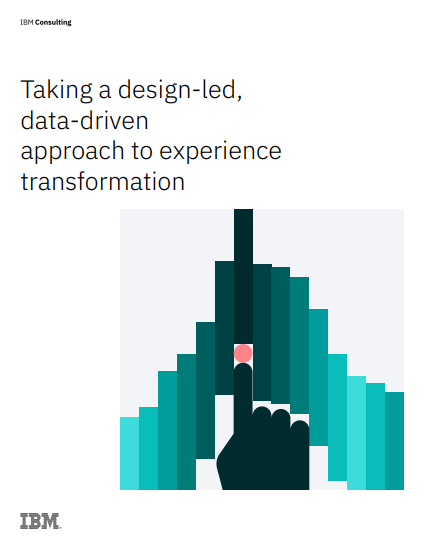
Taking a design-led, data-driven approach to experience transformation
Deliver compelling, relevant customer and employee experiences in the digital-first era
Mining usually comprises searching through a database, sanitising and then extricating that data to then be ordered into a meaningful structure, frequently based on shared features or types, using an algorithm.
As big data mining is fundamentally data mining on a much greater scale, it also necessitates far more computing power to do successfully. In some instances, only specialised kit, such as research computers, are up to the assignment.
However, the central principles of data mining continue to be the same, irrespective of the size of the data set.
Data mining techniques
Among the techniques, parameters and tasks in data mining are:
- Anomaly detection: unusual data records are identified that could be of interest if errors that need more study.
- Dependency modelling: Looking for relationships between variables. For example, a supermarket will collect information about the purchasing habits of their customers. Using association rule learning, the supermarket can work out which products are bought together and use this for marketing.
- Clustering: this searches for structures and groups in data that are similar, without using known data structures.
- Classification: searching for patterns in new data using known structures. For example, when an email client classifies messages as spam or legitimate.
- Regression: searching for functions that model data with the least number of errors.
- Summarisation: creating a compact dataset representation. This includes visualisation and report generation.
- Prediction: Predictive analytics look for patterns in data that can be used to make reasoned forecasts about the future.
- Association: a more straightforward approach to data mining, this technique allows for making simple correlations between two or more sets of data. For example, matching people's buying habits, such as people who buy razors tend to buy shaving foam at the same time, which would allow for the creation of straightforward buying suggestions served to shoppers.
- Decision trees: related to most of the above techniques, the decision tree model can be used as a means by which to select data for analysis or support the use of further data within a data mining structure. A decision tree starts with a question that has two or more outcomes in turn connecting to other questions, eventually leading to an action, say send an alert or trigger an alarm if analysed data leads to particular answers.
Advantages of data mining
There are a few ways in which organisations can benefit from data mining.
- Predicting trends: finding predictive information in large datasets can be automated using data mining. Questions that used to require lots of analysis can now be answered more efficiently straight from the data.
- Decision-making help: as organisations become more data-driven, decision making becomes more complex. By using data mining, organisations can objectively analyse the available data to make decisions.
- Sales forecasting: businesses with repeat customers can keep track of the buying habits of these consumers by using data mining to foresee future purchase patterns so they can offer the best possible customer service. Data mining looks at when their customers have bought something and predicts when they will buy again.
- Detecting faulty equipment: applying data mining techniques to manufacturing processes can help them detect faulty equipment quickly and produce optimum control parameters. Data mining can be used to regulate these parameters to result in fewer errors during manufacturing and better-finished products.
- Better customer loyalty: low prices and good customer service should ensure repeat custom. Businesses can decrease customer churn by using data mining, especially on social media data.
- Discover fresh insights: data mining can help you discover patterns that reinforce your business practices and strategies, but it can also throw up unexpected information about your company, customers, and operations. This can lead to new tactics and approaches that can open up new revenue streams or find faults in your business that you would never have spotted or have thought to look for otherwise.
Disadvantages of data mining
As with anything in life, while there are many benefits associated with using data mining, there are also some few drawbacks too.
- Privacy issues: Businesses collect information about their customers in many ways for understanding their purchasing behaviours trends, but such businesses aren't around forever, they could go bankrupt or be acquired by another company at any time, which would usually lead to the customers' personal information they own being sold to another or leaked.
- Security issues: Security is a big concern for both businesses and their customers, especially due to the vast number of hacking cases where big data of customers have had their private information stolen. This is a possibility everyone needs to be aware of.
- Misuse of information: Information collected through data mining for ethical reasons could be misused, such as being exploited by people or businesses to take benefits of vulnerable people or discriminate against a group of people.
- Not always accurate: Information collected isn't always 100% accurate, and if used for decision-making, could cause dire consequences.
The future of data and data mining
Recently, companies have seriously ramped up their data collection capabilities and it doesn’t seem like this will decrease anytime soon. Some businesses might find that they are drowning in all the data they’ve collected, and this could end up causing them some serious headaches, rather than produce the results they were hoping for.
This is exactly the reason organisations should consider spending some money on improving their data analytics capabilities. Using the right tech, it's possible to analyse real-time data without needing to transfer it to the cloud or even a data centre. Edge computing is integral to this process, and it's estimated that by 2025, 75% of data produced by enterprises will be processed and created outside of the traditional data centre, with big data analytics’s future lying at the edge, according to Gartner research.
Thanks to super-fast transfer speeds, you can process data at the point where it’s collected, especially when you merge edge computing with the benefits of 5G. The Internet of Things (IoT) environment is one area which has profited well from this, especially as it has become more popular during the pandemic. Since lots of people across society had to spend more time working from home, or even in the house itself during their downtime, smart devices appeared as an attractive way to make those routine everyday tasks more efficient. However, it’s worth noting that this trend could backfire on organisations, due to the much greater threat surface created by so many devices operating on the same network.
RELATED RESOURCE

Taking a design-led, data-driven approach to experience transformation
Deliver compelling, relevant customer and employee experiences in the digital-first era
Machine learning equally promises to influence the future of data analytics, with more businesses deploying AI-based applications with each passing year. This technology has never been more accessible, with many tools just as easily available to small businesses as they are to data scientists. Some of the newest machine learning tools can provide businesses of all sizes with the capabilities to analyse complex datasets and derive useful insights, with the performance of these systems only set to improve.
In the age of rampant digital transformation, not only is data becoming more important, but so is the speed and accuracy of processing this data, and the quality of insights that organisations can derive.
This article was first published on 22/08/2019, and has since been updated.

Clare is the founder of Blue Cactus Digital, a digital marketing company that helps ethical and sustainability-focused businesses grow their customer base.
Prior to becoming a marketer, Clare was a journalist, working at a range of mobile device-focused outlets including Know Your Mobile before moving into freelance life.
As a freelance writer, she drew on her expertise in mobility to write features and guides for ITPro, as well as regularly writing news stories on a wide range of topics.
-
 Bigger salaries, more burnout: Is the CISO role in crisis?
Bigger salaries, more burnout: Is the CISO role in crisis?In-depth CISOs are more stressed than ever before – but why is this and what can be done?
By Kate O'Flaherty Published
-
 Cheap cyber crime kits can be bought on the dark web for less than $25
Cheap cyber crime kits can be bought on the dark web for less than $25News Research from NordVPN shows phishing kits are now widely available on the dark web and via messaging apps like Telegram, and are often selling for less than $25.
By Emma Woollacott Published
-
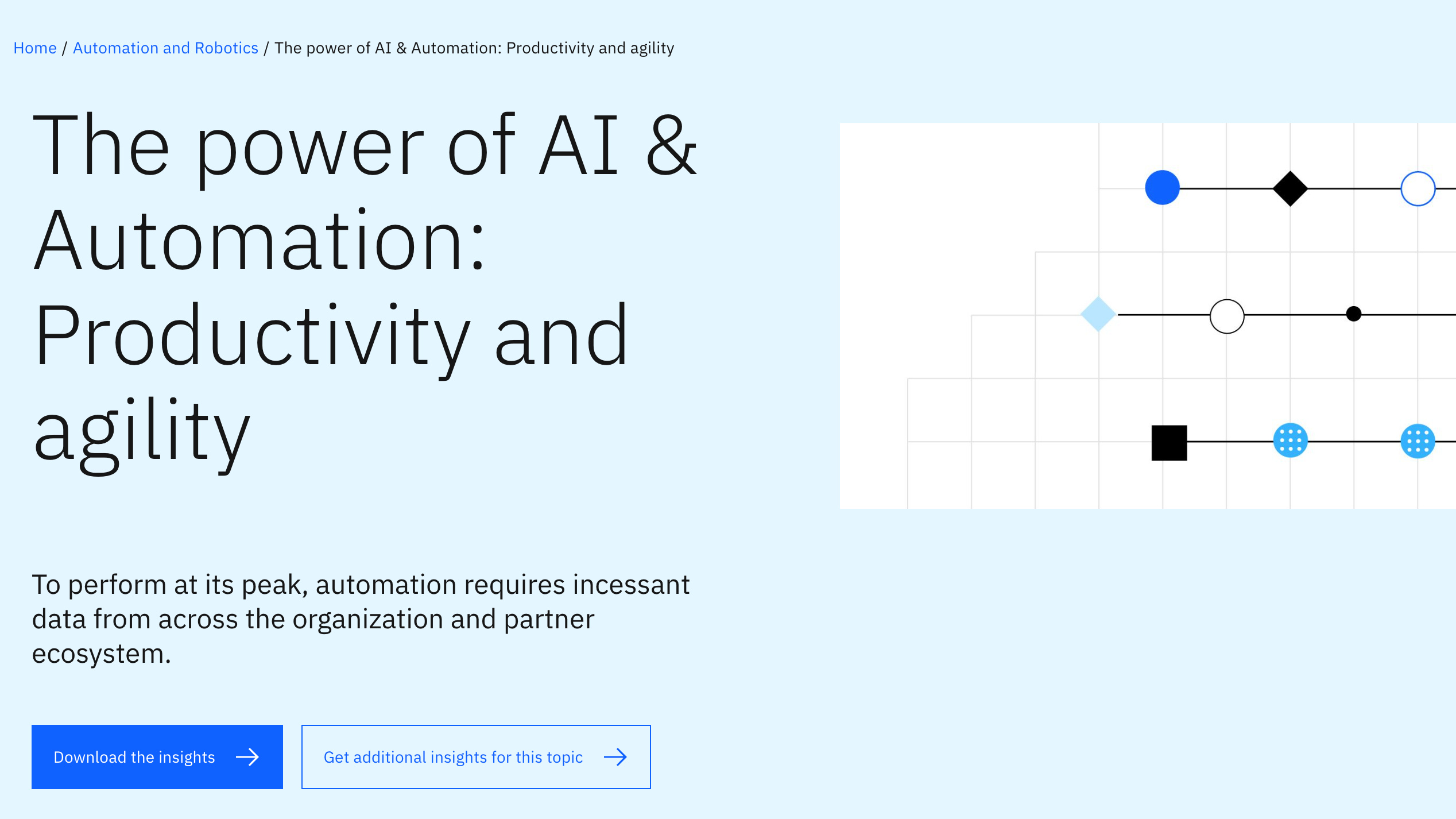 The power of AI & automation: Productivity and agility
The power of AI & automation: Productivity and agilitywhitepaper To perform at its peak, automation requires incessant data from across the organization and partner ecosystem
By ITPro Published
-
 Four steps to better business decisions
Four steps to better business decisionsWhitepaper Determining where data can help your business
By ITPro Published
-
 Subscription models will end in five years, claims Laiye at new system launch
Subscription models will end in five years, claims Laiye at new system launchNews The firm's work execution system will integrate with existing RPA solutions, as Laiye says a flexible automation ecosystem is needed
By Rory Bathgate Published
-
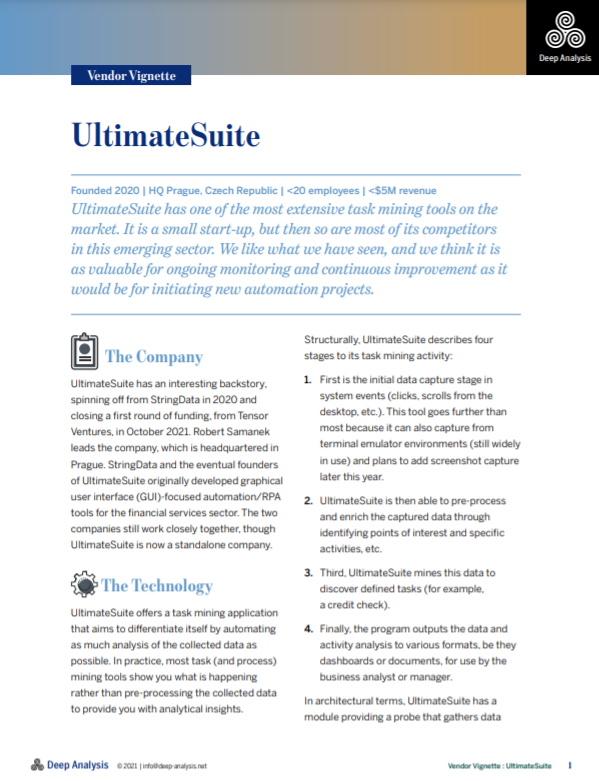 A taskmining application with automated data analysis
A taskmining application with automated data analysisWhitepaper Pre-processing data for enriched insights
By ITPro Published
-
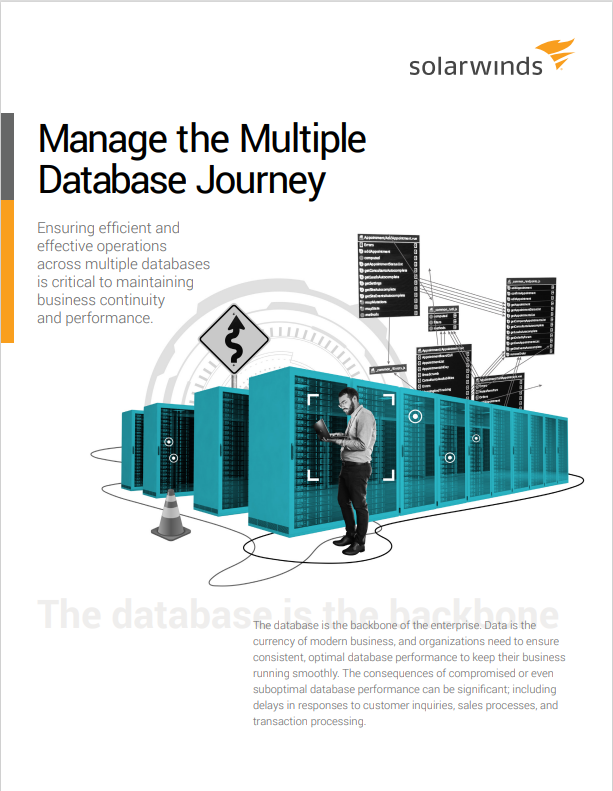 Manage the multiple database journey
Manage the multiple database journeyWhitepaper Ensuring efficient and effective operations across multiple databases
By ITPro Published
-
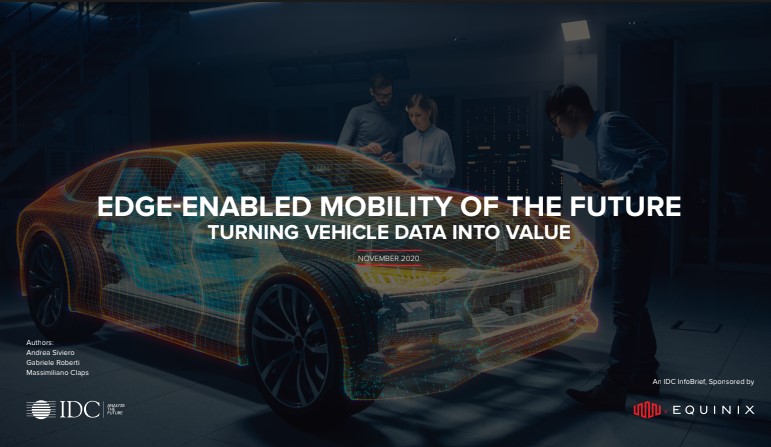 Edge-enabled mobility of the future
Edge-enabled mobility of the futureWhitepaper Turning vehicle data into value
By ITPro Published
-
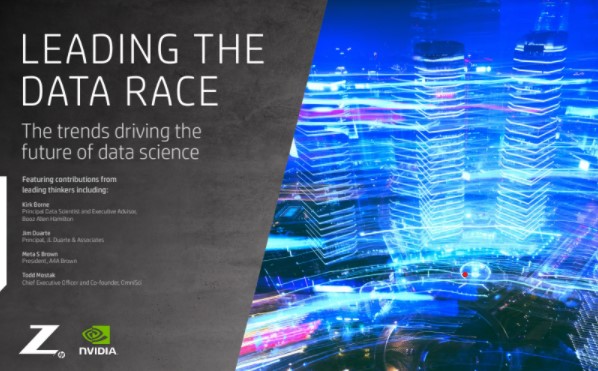 Leading the data race
Leading the data raceWhitepapers The trends driving the future of data science
By ITPro Published
-
 LinkedIn loses appeal over public data scraping
LinkedIn loses appeal over public data scrapingNews Judge rules that giving big tech companies "free rein" over who can use public user data risked creating "information monopolies"
By Bobby Hellard Published